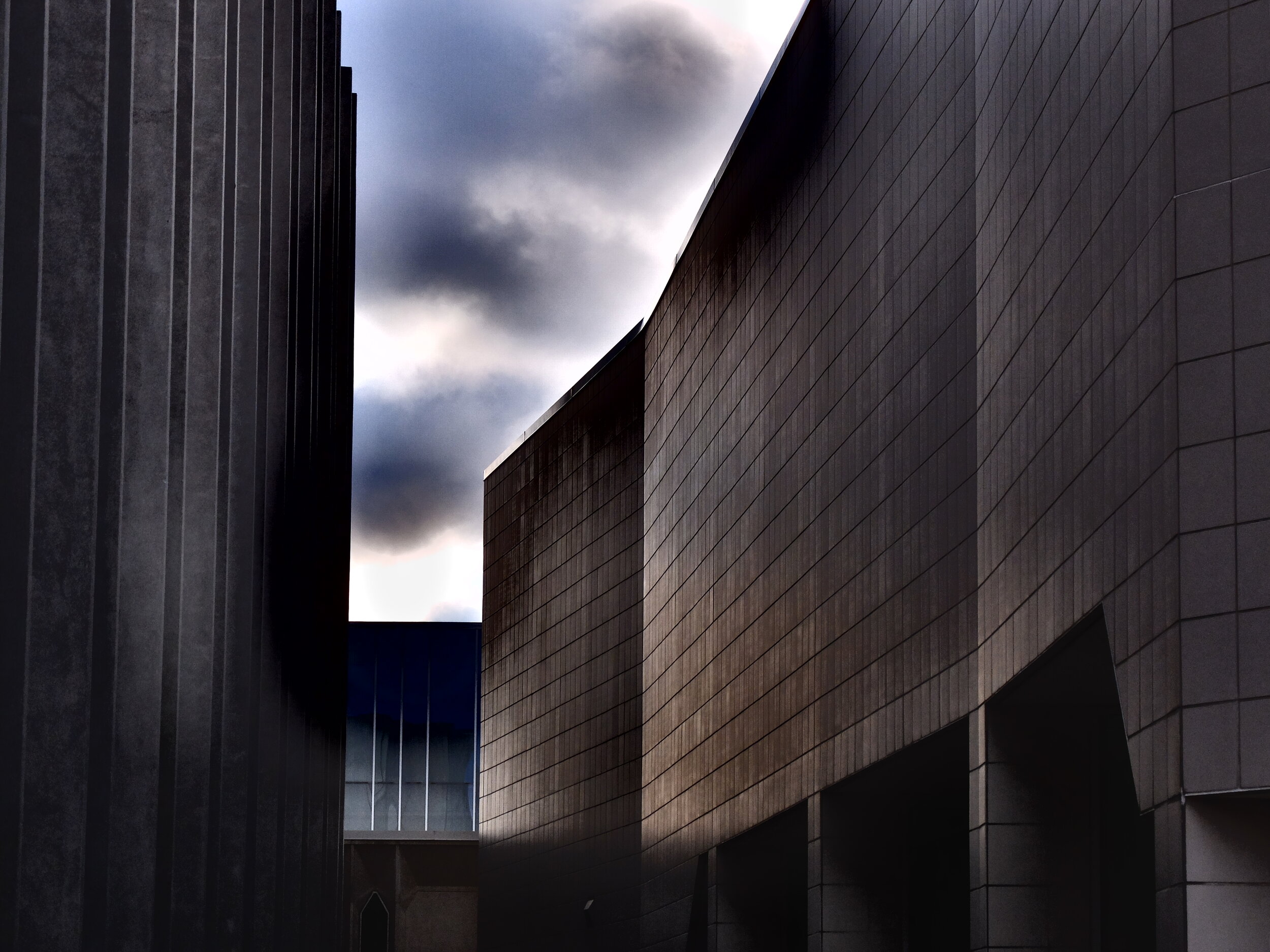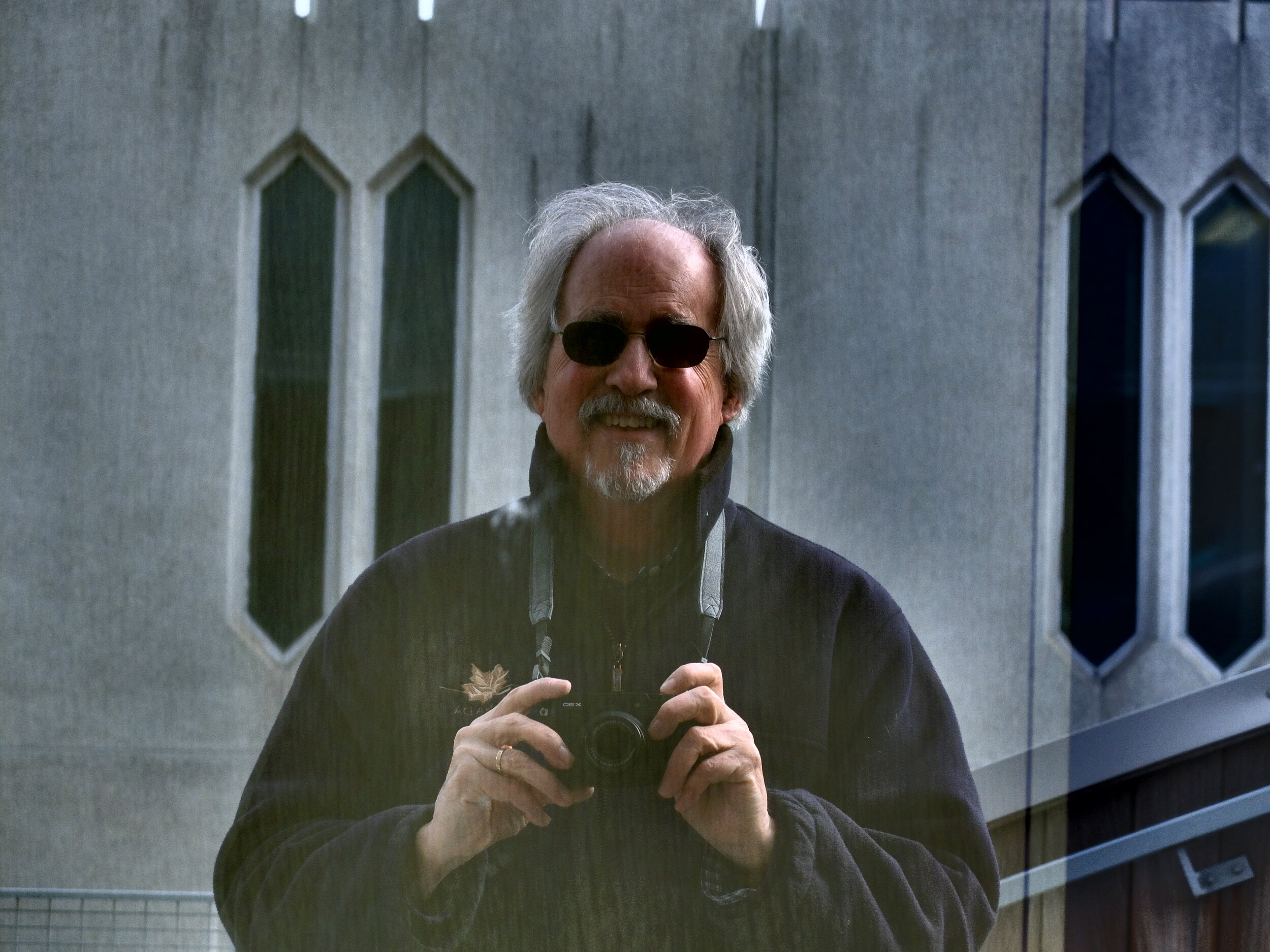Filtered Light
Tom Van Nortwick
October 16 - December 31
Brought to you by the Community Gallery at Kendal at Oberlin in collaboration with FAVA
Thomas Van Nortwick is a Nathan A. Greenberg Emeritus Professor of Classics at Oberlin College, where he taught from 1974 to 2016. He holds a B.A. in History and a Ph.D. in Classics from Stanford University, and an M.A. in Classics from Yale University. Tom’s interest in photography began 10 years ago when his wife Mary Kirtz Van Nortwick gifted him his first digital camera. Through photography he discovered his eye was drawn to the play between light and color.
All proceeds from the sale of prints in this show will be donated to FAVA (Firelands Association for the Visual Arts) in Oberlin.
This online exhibition is in cooperation with The Art Committee of Kendal at Oberlin, with special credit to Mary Behm, Curator of the Community Gallery and Grover Zinn, Chair of The Art Committee.
** Due to COVID-19 Kendal at Oberlin Community Gallery is not open to the public for in person viewing.**
Tom Van Nortwick, "Sand Hills, Northern Nebraska",digital photographs, printed on aluminum, 11"x15", $100
Tom Van Nortwick, "The Eric Baker Nord Performing Arts Annex", digital photographs, printed on aluminum, 11"x15", $100
Tom Van Nortwick, "Island Pond in Spring, Kendal at Oberlin", digital photographs, printed on aluminum, 11"x15", $100
Tom Van Nortwick, "Atruim, Cleveland Museum of Art", digital photographs, printed on aluminum, 11"x15", $100
Tom Van Nortwick, "Silver January Pond, Kendal at Oberlin", digital photographs, printed on aluminum, 11"x15", $100
Tom Van Nortwick, "Bibbins Hall, Oberlin Conservatory of Music", digital photographs, printed on aluminum, 11"x15", $100
Tom Van Nortwick, "Allen Art Museum, Oberlin College", digital photographs, printed on aluminum, 11"x15", $100
Tom Van Nortwick, "Lewis Environmental Studies Building, Oberlin College", digital photographs, printed on aluminum, 11"x15", $100
Tom Van Nortwick, "Reflecting Pool, Oberlin Conservatory of Music", digital photographs, printed on aluminum, 11"x15", $100
Tom Van Nortwick, "Music Library, Oberlin Conservatory of Music", digital photographs, printed on aluminum, 11"x15", $100
Tom Van Nortwick, "Glass gallery, Cleveland Museum of Art", digital photographs, printed on aluminum, 11"x15", $100
Tom Van Nortwick, "Window, The Hotel at Oberlin", digital photographs, printed on aluminum, 11"x15", $100
Tom Van Nortwick, "United Methodist Church, Oberlin", digital photographs, printed on aluminum, 11"x15", $100
Tom Van Nortwick, "Reflecting Pool, Oberlin Conservatory", digital photographs, printed on aluminum, 11"x15", $100
Tom Van Nortwick, "Bibbins Hall reflected, Oberlin Conservatory of Music", digital photographs, printed on aluminum, 11"x15", $100
Tom Van Nortwick, "Floating Autumn Sky, Reflecting Pool, Oberlin Conservatory of Music", digital photographs, printed on aluminum, 11"x15", $100
Tom Van Nortwick, "Sunset on Tomales Bay, Inverness, California", digital photographs, printed on aluminum, 11"x15", $100
Tom Van Nortwick, "Rock Pond in Winter, Kendal at Oberlin", digital photographs, printed on aluminum, 11"x15", $100
Images from the Community Gallery at Kendal at Oberlin
Video by Terry Kovach
Artist Statement
Thomas Van Nortwick
My interest in photography dates from about ten years ago, when my wife, Mary Kirtz Van Nortwick, gave me my first digital camera and I began taking photos of the flowers in our garden on College Street in Oberlin. In 2011, I began posting one photo every day on Facebook, a discipline that has helped me to learn more about the medium and my aesthetic preferences. As I took my camera with me on my daily walks through Oberlin, my focus expanded. I discovered that my eye was drawn to the play of light and color and particularly to how water reflected those properties. Three of the images in the show are from the beautiful reflecting pool on the west side of the Oberlin Conservatory of Music, an especially fruitful venue for this kind of subject. I also began to look anew at buildings on my walks, as vehicles for the play of color, light, and shadow, more as abstract shapes than particular architectural statements. Several of the images in the show reflect this perspective. Mary and I moved to Kendal in August 2017, and a whole new world of beauty opened up for me. Recording the sunrises and sunsets on Rock Pond from our back porch has been an endlessly fascinating experience. Tracing the seasonal changes in the angle of the sun and the quality of the air here on our campus has been a revelation for me.
When I retired from Oberlin College in June 2016, I decided to experiment with a more sophisticated digital camera. Following the advice of my friend John Seyfried, an exceptionally gifted professional photographer, I bought a Fujifilm X30, which has an array of built-in filters. I have used one of these filters, which intensifies colors and the contrasts in light, for all the photos in this show. When I first began using the X30, I bought a book about how to take photographs. I am generally not someone who likes to master a new device before plunging ahead, but this time I was determined to be more disciplined. In the first chapter, all about the properties of light, I came across the admonition that I should always aim to reproduce as accurately as possible what I was aiming the camera at. This immediately doomed my self-improvement project, as I realized that, for better or worse, I do not care at all about the accuracy of my images, only that they end up looking interesting and, if possible, beautiful to me. The phrase “No Filter” is not exemplified by my work. (My original title for the whole show was “Yes, Filter.”)
Finally, I want to acknowledge the superb advice and support I have received from James Ward Peake, known to Kendal residents for his splendid origami creations. James gave me crucial guidance on the selection of photos for the show and did all the work of arranging for the images to be printed on aluminum, an experiment I would not have been able to carry out without his help. Without James’s energy and aesthetic judgment this show would never have happened.
All proceeds from the sale of prints in this show will go to FAVA (Firelands Association for the Visual Arts) in Oberlin.























